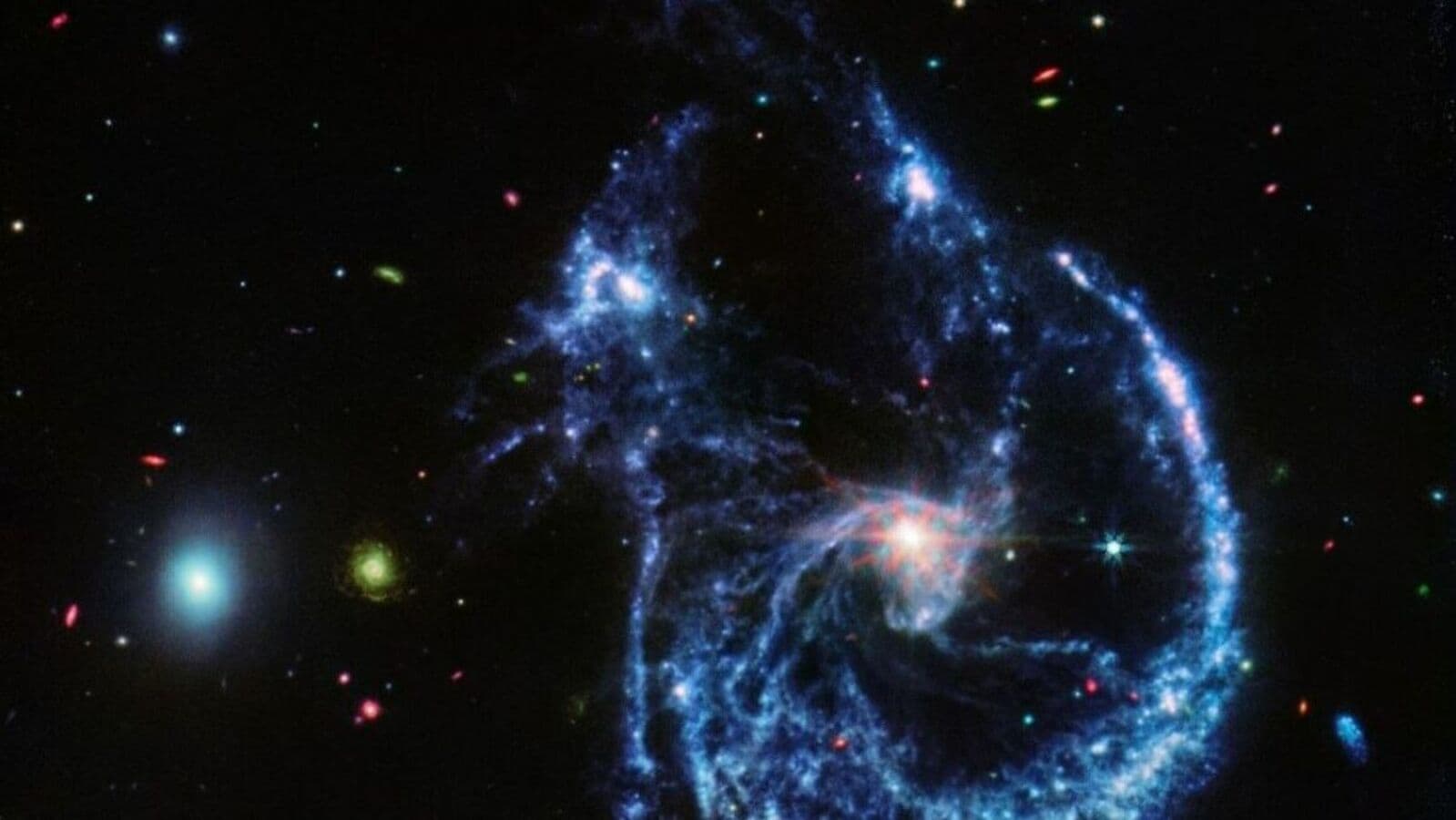Space is not only mysterious, but it also hides secrets about many new celestial objects and phenomena that amaze science enthusiasts. High-resolution cameras and telescopes embedded in satellites sent by various space stations periodically help us uncover new mysteries.
Be the National Aeronautics and Space AdministrationWhether it is the Indian Space Research Organisation, the European Space Agency or any other, they spend billions of dollars sending satellites into space and discovering new things for us to see.
Check out these five Spectacular images from NASA from space posted on his Instagram account, which keeps us updated with everything that happens in space.
NASA, through its Cassini spacecraft, Saturn’s inner rings were snapped on the planet’s night side. The southern hemisphere appears illuminated by sunlight reflecting off the rings, while the northern part glows much more faintly in the faint light filtering through the rings and scattering off the planet’s upper half.
In this image, the planet occupies the left side, while its rings glow in golden hues on the right side. The rings appear faint near the planet, gradually becoming more intense near the center and fading away again at the outer edges.
Newborn star – a protostar:
The image, taken by the Hubble Space TelescopeIt shows a light-year-long knot of interstellar gas and dust that looks a bit like a caterpillar, a newborn star, a protostar.
If you look closely, you can see that stars form in large clouds of gas and dust called molecular clouds, which are cool and clump together. Over time, gravity causes some of these clumps to collapse. When this happens, friction causes the material to heat up, eventually creating a protostar. In the image, at the center is a long, bright blue cloud of gas and dust with a glowing core.
In it Third, NASA, with the help of the Hubble Space Telescope, took a picture of the strange glow of a dead star.which exploded long ago in a supernova. The macabre-looking object still has a pulse and at its center lies the star’s heart, beating with rhythmic precision.
Known as a neutron star, it has the same mass as the Sun but is compressed into an ultra-dense sphere just a few kilometres across. The tiny powerhouse is the bright, star-shaped object seen in the centre of the image.
The fourth image was taken by the Hubble Space Telescope, which studied a bright pair of galactic “eyes,” which are actually two colliding galaxies known as Arp 107. Arp 107 is estimated to be about 465 million light-years away and the merger of the pair will take hundreds of millions of years to complete.
He The final image in the series is from the iconic Hubble Ultra Deep Field. This image is from NASA and ESA. It shows the black background of space, dotted with thousands of galaxies of all shapes and sizes. The largest galaxy is shaped like a spiral, while the other is shaped like a spindle because it is seen edge-on. The smallest galaxy has a line pointing out the words “supermassive black hole” and connecting to a bright white dot in the middle.
Disclaimer:
The information contained in this post is for general information purposes only. We make no representations or warranties of any kind, express or implied, about the completeness, accuracy, reliability, suitability or availability with respect to the website or the information, products, services, or related graphics contained on the post for any purpose.
We respect the intellectual property rights of content creators. If you are the owner of any material featured on our website and have concerns about its use, please contact us. We are committed to addressing any copyright issues promptly and will remove any material within 2 days of receiving a request from the rightful owner.

